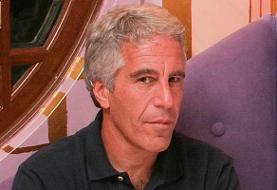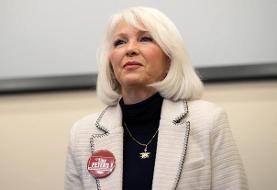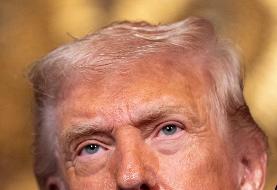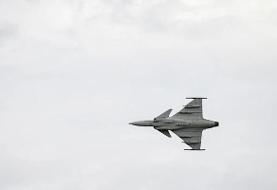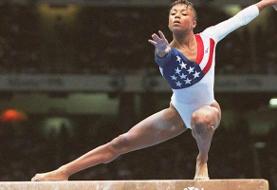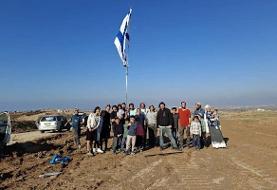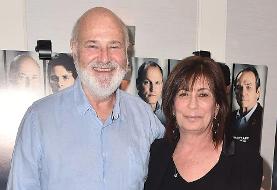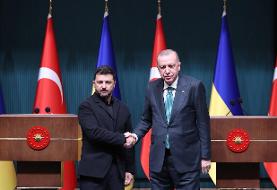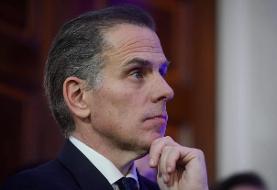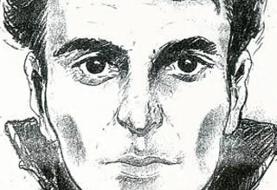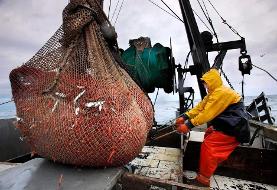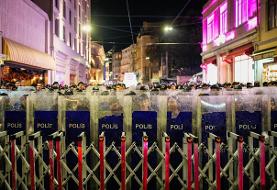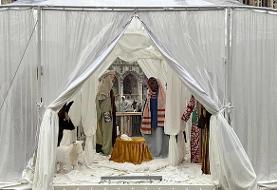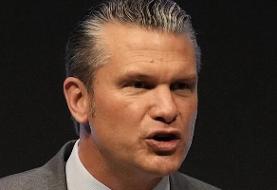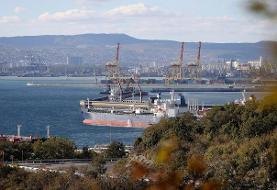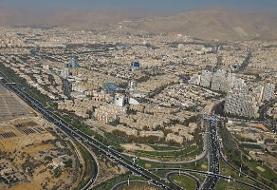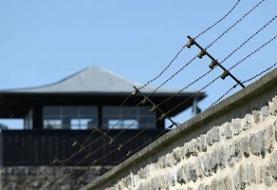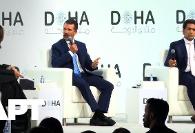Book by Prominent Iranian American Spine Surgeon Exposes Industry Fallacies
Book Review blog at Kodoom.com
Whether or not you suffer from any arthritic or spine issues, Dr. Ardavan Aslie’s book "Corporate Spine: How Spine Surgery Went Off Track and How We Put It Right" is a highly-recommended reading because it not only educates us about the spine anatomy, it also demonstrates the costs associated with short-sighted surgical interventions. It's the kind of rare and valuable eye-opening education that exposes non-experts to some important industry secrets that could make a difference in everyone's health decisions.
Dr. Aslie is an iconoclast and a prominent Iranian-American board-certified spine surgeon with 20 years of experience and additional educational background in genetics and bioengineering. He is multilingual (including Persian, his ancestral language) and a certified airplane pilot.
The book’s early chapters discuss the anatomy of the human spine and its most common disorders such as damaged disc diseases (like herniated disc). Dr. Aslie clearly describes how spine doctors and surgeons diagnose the type and location of damaged discs using CT scans and most recently MRI. He discusses the pros and cons of each diagnostic technology.
In Chapter 3, Dr. Aslie shares his candid (and courageous) views and 20-year field experience about non-operative treatments for neck and back pain. Some of these views defy those propagated by the mainstream medical establishment. Dr. Aslie talks positively of the often-maligned chiropractic practices and critically of often-recommended pain management medications such as cortisone injections (implicated in reduced bone density, tissue scars, immune suppression, hyperglycemia) and opioids (addictive). Dr. Aslie also shares his understanding of pain as a cascading (cumulative) inflammatory event which could best be prevented by avoiding loads that are beyond each body’s critical physical load-bearing threshold (of joints and muscles). This view of pain is often ignored or not understood by many surgeons and doctors who focus locally (focally) on pain or injury.
In the latter part of the book, Dr. Aslie discussed the science and art of spine surgery and his serious misgivings about the industry-wide use of pedicle screws in fusion surgeries because in his view, pedicles are the anatomically weak segment of the human spine not suited for permanent insertion and holding of rigid fixation hardware (screws and rods). Dr. Aslie traces the promotion of the flawed and harmful technology to a paper by a Dr. Zdeblick who has received $15 million from Medtronic, the instrument company at the center of several surgical malpractice and injury lawsuits. According to Dr. Aslie: “The great majority of the leaders of the [spine surgery] field in academic positions are also consultants for these instrument companies… We have probably been given false information for decades based on biased literature. This is truly devastating to the field of spine surgery.”

Like all other visionary outliers and leaders, Dr. Aslie decides to invest his own time and money to design and develop a solution to the problem. His inventive design considers the biomechanics of the spine and is based on fixation of lamina (the strongest bone on the vertebrae, unlike pedicles which are among the weakest links) with a plating system. Obviously, the multi-billion dollar industry has not welcomed Dr. Aslie’s alternative and revolutionary design.
Dr. Aslie proudly discusses his Iranian roots in Chapter six, and how he left the country through Kurdistan, his near-death experiences, his medical education in Turkey and later in America. His writing style is informal, cordial and conversational, and therefore easy to understand. His candor about what is still unknown in the industry is admirable. At points he repeats certain concepts, perhaps to ensure readers are reminded of the principles he discusses earlier in the book. Many images in the book are attractive and in color, but some are too small to show all anatomical details. The only theme which is missing in the book is a brief discussion of the current state of knowledge about the important role of diet (proteoglycan, melatonin, etc.) and lifestyle in initiating or preventing runaway catabolic (breaking down) pathways in intervertebral disc degeneration and discogenic pain.
Altogether, the iconoclastic book is a must-read for anyone who is interested in educating themselves about the important topic of spine injury and about potential conflicts of interest in its treatment.
Related to Books:
- Celebrating Nowruz with Shahnameh-inspired Shadow Puppetry and Books
- The Seven Trials of Rostam: A Unique Book and a Great Holiday Gift
- A Simple Guide to How Your Brain and Body Communicate, Balance or Burn Out
- Book Review: A Chat with Authors Heather Heying and Bret Weinstein
- Born to Run: The Sandals and the Book that Will Change the Way You Walk and Run
- Persian Physician's Book Was Translated, Taught and Cherished in Ireland Centuries Ago
- Spectacular Shahnameh-based Epic Cinematic Shadow Theater: Last US Performance coming to New York
- "Give the Gift of Books" for Norooz, Trending in Iran
- 9 Timeless Leadership Lessons from Cyrus the Great
- Reading Lolita In Tehran
Related to Iranian Americans:
- Infidelity and Rage? Iranian American Arrested for Murdering Tech Executive
- Why did an Iranian American Trucker Kill Iranian American Software Engineers?
- Celebrating Nowruz with Shahnameh-inspired Shadow Puppetry and Books
- Iranian-American Billionaire Offers to Buy Tottenham
- The Seven Trials of Rostam: A Unique Book and a Great Holiday Gift
- Iranian American Involved in Elon Musk's Litigation Against Twitter
- Iranian Food Can Save Humans and The Planet, But Beware of Salt, Rice, Fat and Sugar
- Female Astronaut of Iranian Ancestry to Lead NASA's SpaceX Crew-7 Mission
- Park Police officers Who Shot Bijan Ghaisar Knew He Was NOT a Suspect
- Iranian American Becomes the Youngest Woman Ever Elected to the Phoenix City Council
- VP Pence, Designer of Visa Ban for Iranians, Thanks Iranian American Heart Surgeon for Saving His Life
- Stanford Law Review Elects First Muslim, Iranian-American President
- Iranian American Surgeon Harassed After Warning About Immunological Danger of COVID Vaccines for Some People
- Iranian Americans Appointed by the Biden Administration
- Loyalist Iranian Flag Among Trump Supporters Who Stormed the US Capitol





